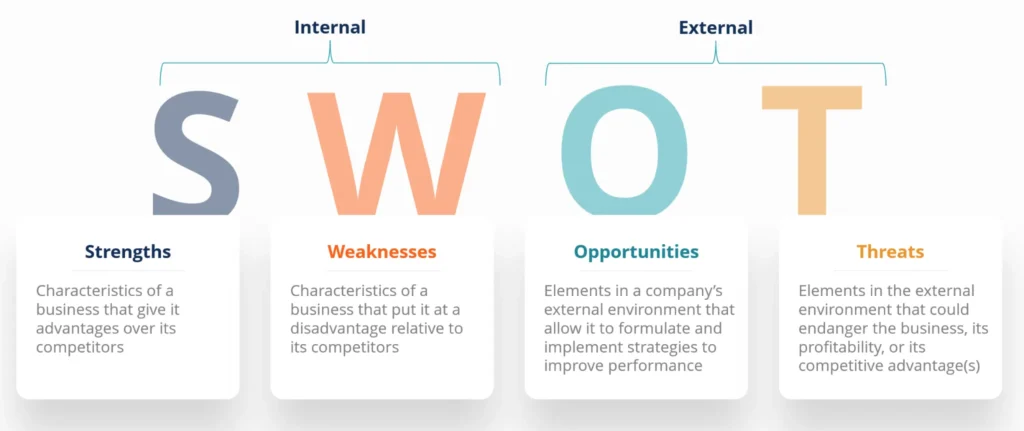Every big business you know today —whether it’s your favorite coffee shop downtown or a massive global brand — it all started the same way: with an idea. That little spark of possibility can grow into something amazing when paired with the right foundation, planning, and perseverance. If you’ve ever thought, “I’d love to start my own business, but I don’t know where to begin,” you’re not alone. So here’s the good news, with the right groundwork, anyone can take an idea and turn it into a business.
In this post, we want to talk about the key steps to starting a business, from refining your idea to setting up the systems that will help you succeed, including the one area many small businesses overlook at the beginning: Human Resources (HR).

Step 1: The Idea
Every business begins with an idea. Maybe it’s solving a problem you’ve experienced, creating a product you wish existed, or offering a service you know your community needs. The first step is asking yourself:
- What problem am I solving?
- Who needs what I can offer?
- Why would someone choose my business over another? (What separates me above the rest?)
This is where creativity and curiosity meet. The best ideas usually come from paying attention to everyday life and spotting the gaps. Perk, for example, was started after our Founder noticed that many small businesses are lacking proper structure, documentation, and policies, which meant that these small businesses were likely creating legal liability and had workplace gaps. Boom – Perk HR Consulting was an idea ready to be turned into a business.
Step 2: Research, Research, Research
Having an idea is great, but to make it real, you need to understand your market. This is where research comes in. Look at your competitors, your target customers, and your industry as a whole. A SWOT analysis (Strengths, Weaknesses, Opportunities, Threats) is a great tool to help you visualize where your business could fit in.
For example, if you’re opening a coffee shop in Kelowna, ask:
- Are there already many in the area?
- What makes yours different (sustainably sourced beans, cozy atmosphere, specialty drinks)?
- Is there enough demand to support another café?
Market research gives you the confidence that your idea has legs — and highlights where you need to adapt.

Step 3: Business Build Out
A dream becomes a business when you develop an actionable business plan. This doesn’t have to be a 50-page document (unless you’re seeking investment), but it should outline:
- Your business model – How will you make money? (subscriptions, direct sales, etc.)
- Your budget – What are your startup costs, and what will it take to break even? (website, business cards, advertising, etc.)
- Your goals – Where do you want to be in 6 months, 1 year, 5 years?
This plan isn’t just for you; it also gives banks, lenders, or investors confidence that you’re serious.

Step 4: The Foundation
This is the less exciting, less glamorous side of business, but it’s what separates those who thrive from those who lack the passion to pursue. Setting up the right foundations early makes business so much easier later. Here are the essentials:
- Register your business – Decide whether you’re a sole proprietor, partnership, or corporation.
- Open a business bank account – Keep personal and business finances separate.
- Sort out your taxes – GST (only once your business exceeds $30k), PST, payroll taxes — the sooner you know what’s required, the smoother things go.
- Get insurance – Protect yourself and your future business. (And shop around, its worth finding the best protection at the best cost for your business)
This is also where HR comes into play. You might think HR is something only larger businesses need, but the truth is, even the smallest startups benefit from HR systems in place.

Step 5: HR for Small Businesses
When you think of HR, you probably think of corporate offices and large teams. But HR isn’t just for big companies. Truley, it’s about people, compliance, and creating a workplace that works. For small businesses, especially in the early stages, HR provides structure, protects you legally, and sets the tone for your company culture and future hires.
Here’s how HR supports startups and small businesses:
- Hiring the right people – As soon as you bring on even one employee, you’re responsible for employment standards, contracts, and payroll. HR helps you find the right fit while avoiding costly hiring mistakes.
- Compliance with the law – From the BC Employment Standards Act to WorkSafeBC, there are rules you must follow. Having the right policies and documentation protects you from fines and legal risks.
- Employee policies and handbooks – Clear policies set expectations for your team and create fairness, consistency, and trust.
- Workplace culture – HR isn’t just about rules; it’s about building a culture that attracts and retains people who believe in your vision.
The earlier you integrate HR into your business, the smoother your growth will be. Waiting until problems arise can cost time, money, and energy you could’ve saved with a proactive approach.
Step 6: Learning to Pivot
Starting a business is never a simple straight path. You’ll make mistakes and learn along the way. That’s totally normal. What matters most is being adaptable. Pay attention to feedback from your employees and customers, watch industry trends, and don’t be afraid to make changes when needed.
Remember: the first version of your business doesn’t have to be perfect. In fact, most successful businesses went through multiple versions before finding their stride.

Anyone Can Start a Business
Starting a business might sound overwhelming, but every successful entrepreneur once stood where you are now — with nothing more than an idea and the determination to make it happen.
With research, planning, and the right foundations (including HR), your idea can grow into something sustainable and rewarding. HR might not be the flashiest part of business ownership, but it’s the glue that holds everything together as you scale up.
At Perk, we help small businesses in the Okanagan set up the HR systems they need to thrive. So, if you’re just getting started or you’re ready to grow your team, we’re here to make sure your people and policies support your vision.
Because honestly, success doesn’t happen by accident — it’s built one brick (or policy) at a time. All starting with your idea.




